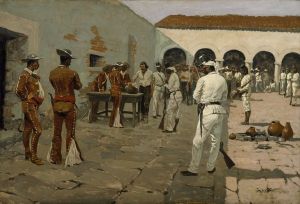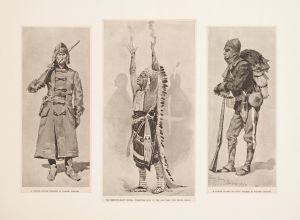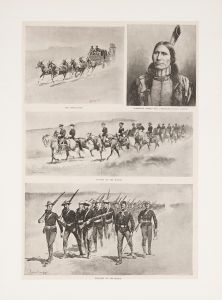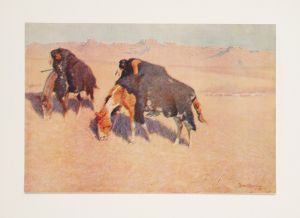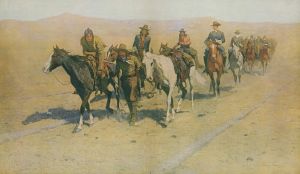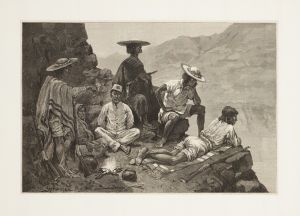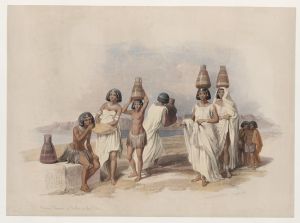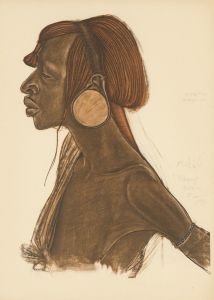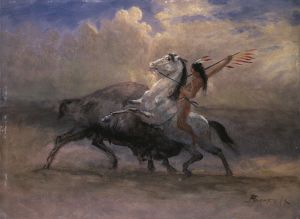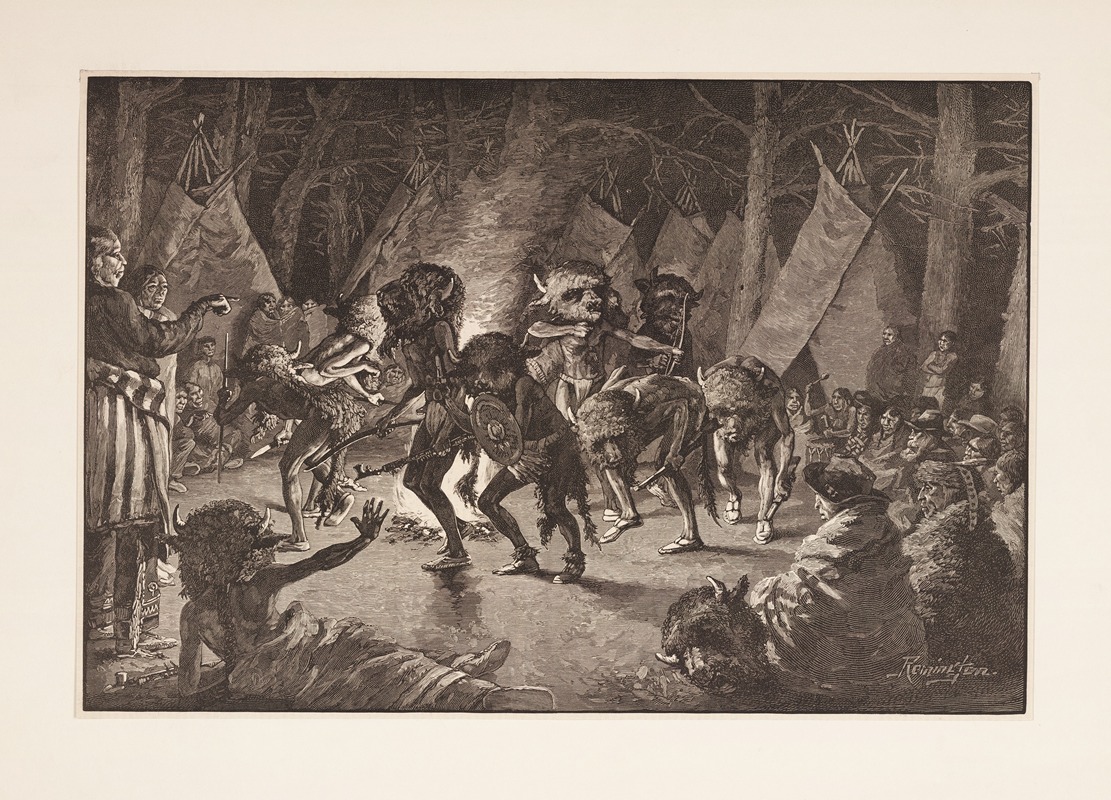
The buffalo dance
A hand-painted replica of Frederic Remington’s masterpiece The buffalo dance, meticulously crafted by professional artists to capture the true essence of the original. Each piece is created with museum-quality canvas and rare mineral pigments, carefully painted by experienced artists with delicate brushstrokes and rich, layered colors to perfectly recreate the texture of the original artwork. Unlike machine-printed reproductions, this hand-painted version brings the painting to life, infused with the artist’s emotions and skill in every stroke. Whether for personal collection or home decoration, it instantly elevates the artistic atmosphere of any space.
"The Buffalo Dance" is a painting by the renowned American artist Frederic Remington, who is best known for his depictions of the American West. Remington was an influential figure in Western art, and his works often focused on the themes of frontier life, Native American culture, and the cavalry. Born in 1861 in Canton, New York, Remington developed a fascination with the American West, which he frequently visited to gather inspiration and material for his art.
"The Buffalo Dance" captures a ceremonial dance performed by Native Americans, a subject that Remington approached with both artistic interest and a desire to document the cultural practices of Indigenous peoples. The painting is an example of Remington's commitment to portraying the life and traditions of Native Americans with a degree of authenticity and respect, although it is important to note that his works were also influenced by the cultural attitudes and limitations of his time.
In this painting, Remington illustrates a group of Native American men engaged in a traditional dance, which is likely associated with the buffalo, an animal of great significance to many Plains tribes. The buffalo was central to the livelihood of these tribes, providing food, clothing, and materials for tools and shelter. Ceremonial dances, such as the one depicted, were often performed to honor the buffalo and to ensure successful hunts.
Remington's use of color and composition in "The Buffalo Dance" reflects his skill in capturing movement and emotion. The figures are arranged in dynamic poses, conveying the rhythm and energy of the dance. The artist's attention to detail is evident in the depiction of traditional clothing and regalia, which adds to the painting's authenticity and provides insight into the cultural practices of the time.
Throughout his career, Remington produced numerous paintings, sculptures, and illustrations that contributed to the popular image of the American West. His works were widely published in magazines and books, helping to shape public perceptions of Western life and Native American culture. While Remington's art is celebrated for its technical excellence and vivid portrayal of the West, it is also important to recognize the broader historical context in which he worked. His depictions, while often sympathetic, were influenced by the prevailing attitudes of his era, which sometimes led to stereotypical or romanticized representations.
"The Buffalo Dance" remains an important piece within Remington's oeuvre, offering a glimpse into the cultural practices of Native Americans and the artist's interpretation of these traditions. Today, Remington's works are held in high regard and are featured in numerous museums and collections, where they continue to be studied and appreciated for their artistic merit and historical significance.






